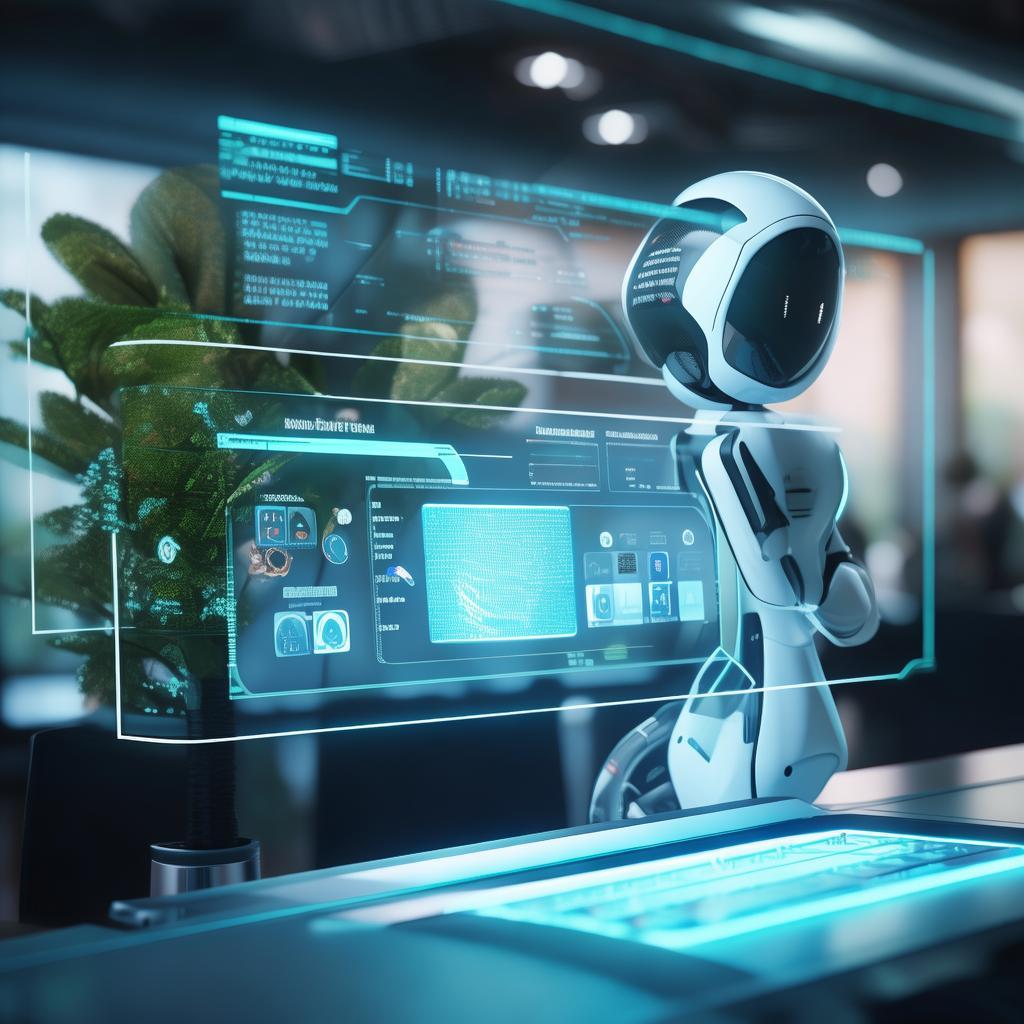Dive into the world of AI-driven support bots and discover how they revolutionize customer service. This guide explores their benefits, implementation strategies, and real-world use cases to help businesses optimize their support operations.
Are you tired of long wait times and repetitive customer queries? AI-driven support bots are transforming the way businesses interact with their customers, offering instant, 24/7 assistance. In this comprehensive guide, we’ll unravel the magic behind these intelligent bots, demystify their workings, and provide actionable insights for seamless integration into your customer service strategy.
Understanding the Pain Points: Why Businesses Need AI-Driven Support Bots
Customer service is the backbone of any business, yet traditional support methods often fall short. Imagine a scenario where customers have to navigate through a maze of menus just to get a simple answer. This frustration leads to poor customer satisfaction and, ultimately, lost business.
Let’s explore some common pain points that AI-driven support bots address:
- Long wait times: Customers hate waiting on hold. AI bots provide instant responses, reducing wait times significantly.
- Repetitive queries: “How do I reset my password?” “What are your business hours?” These questions are asked millions of times daily. AI bots handle these effortlessly.
- Scalability issues: Human agents can only handle a limited number of queries simultaneously. AI bots, on the other hand, can manage thousands of interactions at once.
Deep Dive into AI-Driven Support Bots: How Do They Work?
At its core, an AI-driven support bot uses natural language processing (NLP) and machine learning algorithms to understand and respond to customer queries. Let’s break down the key components:
1. Natural Language Processing (NLP)
NLP enables the bot to understand human language, whether it’s written or spoken. This technology allows the bot to interpret the intent behind a customer’s query and provide relevant responses.
2. Machine Learning (ML)
ML algorithms help the bot learn from past interactions, improving its accuracy over time. The more data the bot processes, the better it becomes at handling complex queries.
3. Integration with CRM Systems
AI bots can be integrated with Customer Relationship Management (CRM) systems to access customer data, ensuring personalized and context-aware responses.
Solution: Implementing AI-Driven Support Bots in Your Business
Now that we understand the benefits and workings of AI-driven support bots, let’s explore how to implement them effectively.
1. Define Your Objectives
Before deploying an AI bot, clearly define what you want to achieve. Are you looking to reduce wait times, improve customer satisfaction, or handle specific types of queries? Setting clear objectives will guide your implementation process.
2. Choose the Right Platform
There are numerous AI bot platforms available, each with its unique features. Research and choose a platform that aligns with your business needs and budget.
3. Train Your Bot
Just like humans, AI bots need training to understand your business context and handle specific queries effectively. Use real customer data to train your bot, ensuring it can handle a wide range of scenarios.
4. Monitor and Optimize
Once your bot is live, continuously monitor its performance. Use analytics to identify areas for improvement and make necessary adjustments.
Real-World Use Cases: How AI-Driven Support Bots Are Transforming Businesses
To illustrate the impact of AI-driven support bots, let’s look at some real-world examples:
Case Study 1: E-commerce Giant
A major e-commerce company implemented an AI-driven support bot on its website. The bot handled 70% of customer queries, reducing wait times by 50% and improving customer satisfaction by 30%.
Case Study 2: Financial Services Provider
A financial services provider used an AI bot to assist customers with account inquiries and transactions. The bot’s ability to handle complex queries in real-time led to a 40% increase in customer engagement.
Case Study 3: Telecommunications Company
A telecommunications company deployed an AI bot to resolve billing issues. The bot’s 24/7 availability and ability to process large volumes of queries resulted in a 35% reduction in billing-related complaints.
FAQ: Frequently Asked Questions About AI-Driven Support Bots
Q1: Can AI-driven support bots completely replace human agents?
A: AI-driven support bots are powerful tools, but they can’t completely replace human agents. They excel at handling repetitive and straightforward queries, freeing up human agents to focus on complex and sensitive issues.
Q2: How do I ensure my AI bot provides accurate responses?
A: Regularly train your bot with relevant data and monitor its performance. Use customer feedback to identify areas for improvement and make necessary adjustments.
Q3: What are the costs associated with implementing an AI-driven support bot?
A: The costs vary depending on the platform and complexity of your requirements. However, many AI bot platforms offer scalable solutions that can grow with your business.
Q4: How do I measure the success of my AI-driven support bot?
A: Use key performance indicators (KPIs) such as resolution time, customer satisfaction scores, and query volume to measure the bot’s effectiveness.
Conclusion: Embracing the Future of Customer Service
AI-driven support bots are revolutionizing the way businesses interact with their customers. By offering instant, personalized, and scalable support, these bots enhance customer experience and drive business growth. As technology continues to evolve, the potential of AI-driven support bots will only expand, making them an indispensable tool for businesses aiming to stay ahead in the competitive landscape.
By understanding the pain points, leveraging the right technology, and following best practices, you can harness the power of AI-driven support bots to transform your customer service operations.
